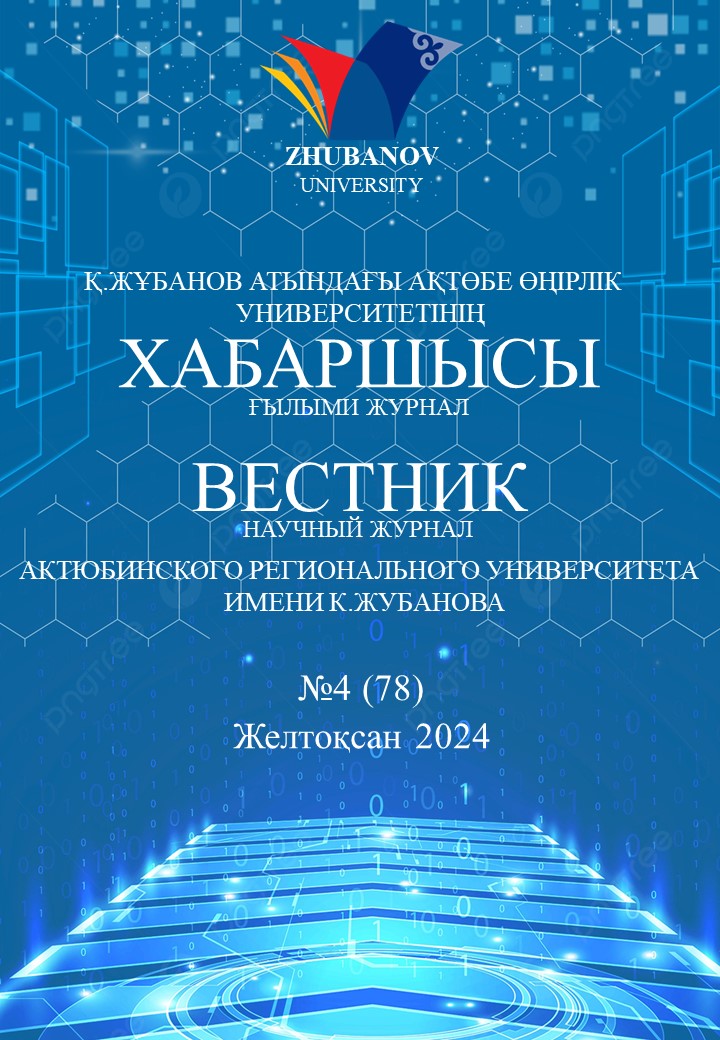В статье представлен термодинамический анализ реакции восстановления хромового оксида Cr2O3 кремнием Si образованием хрома Cr и диоксида кремния SiO2. Расчеты изменения свободной энергии Гиббса ΔG были выполнены с использованием программного обеспечения «HSC Chemistry 6» при температурном диапазоне от 0 до 2000°C. Результаты показали, что реакция становится термодинамический осуществимой при температурах выше 1600°C, с наибольшей термодинамической выгодой при 2000°C. Эти данные подтверждают важность высокой температуры для эффективного протекания реакции, что имеет практическое значение для процессов металлургического производства хрома. Рекомендации для дальнейших исследований включают оценку влияния давления, состава реагентов и возможных катализаторов на термодинамическую стабильность реакции. Также необходимо исследовать возможные способы повышения экономической эффективности процесса, таких как оптимизация температурных режимов и выбор альтернативных восстановителей. Эти подходы могут способствовать снижению затрат на производство и улучшению экологической устойчивости процесса. Дополнительные эксперименты, направленные на изучение кинетики реакции и влияния состава исходных материалов, позволят более точно моделировать процессы, что в свою очередь повысит производительность металлургического производства и обеспечит более безопасное использование высокотемпературных процессов.
КАБЫЛКАНОВ С.К.
докторант 2-го курса, Восточно-Казахстанский технический университет им. Д. Серикбаева, Усть-Каменогорск, Казахстан.
E-mail: kabyl_96@mail.ru, https://orcid.org/0000-0002-1272-2065
БУРУМБАЕВ А.Г.
докторант 2-го курса, Карагандинский индустриальный университет, г. Темиртау, Казахстан.
E-mail: burumbayev.azamat@mail.ru, https://orcid.org/0000-0001-5276-2259
ЖАҚАН А.М.
докторант 1-го курса, университет Торайгырова, г. Павлодар, Казахстан.
E-mail: armat.01.01@mail.ru, https://orcid.org/0009-0002-3810-0528
- Perfil'ev, V. P., Smirnov, P. V. (2014). Osnovy metallurgii: Processy vosstanovleniya metallov. Moskva: Himiya.
- Tuck, A.F. Gibbs Free Energy and Reaction Rate Acceleration in and on Microdroplets. Entropy 2019, 21, 1044. https://doi.org/10.3390/e21111044 DOI: https://doi.org/10.3390/e21111044
- Miller, J. R., & Hiemenz, P. C. (2010). Principles of Chemistry: A Molecular Approach. Pearson.
- Kim, D.; Kim, T.; Ji, C.; Ji, S.; Lee, W.; Kim, W. Microstructure and Shape Memory Properties of Gas Tungsten Arc Welded Fe-17Mn-5Si-10Cr-4Ni-(V, C) Shape Memory Alloy. Materials 2024, 17, 4547. https://doi.org/10.3390/ma17184547 DOI: https://doi.org/10.3390/ma17184547
- Atkins, P., & de Paula, J. (2014). Physical Chemistry (10th ed.). Oxford University Press.
- Liu, J., & Zhang, X. (2022). Fundamentals of Metallurgical Kinetics. Springer. https://doi.org/10.1007/978-3-030-56999-5


